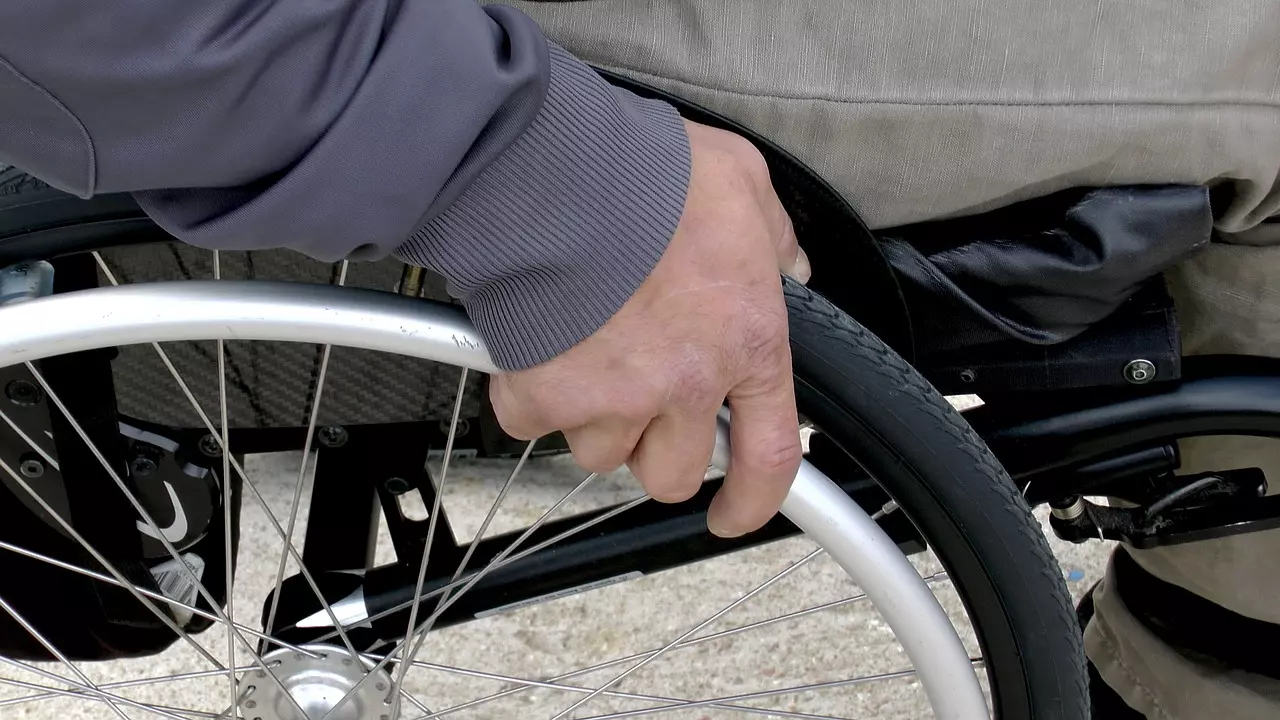Unchanged Since 2001! Ontario Assistive Devices Program Lagging Behind
2018-06-06 | By Orcam Staff

Are you using a 17-year-old Nokia flip-phone? Or are you like the nearly 70% of the Canadian population that owns a smartphone? Technology has changed a vast deal in the past 17 years. Imagine the phone you were using today was, in fact, made in 2001. Seems kind of archaic and impractical, no? For those utilizing the Ontario Assistive Devices Program, it is their reality.
What is the Ontario Assistive Devices Program?
In a nutshell, it is a program in Ontario that helps those with long-term physical disabilities pay for “equipment and supplies”. Being an Ontario resident with a valid Ontario health card and a disability requiring equipment or supplies for six months or longer will qualify you for this program. The question is, what does the program cover?
The program covers 75% of the cost of equipment and supplies. Here is just some of what falls under the definition of equipment and supplies; mobility aids, hearing aids, communication aids, visual aids, diabetic equipment, respiratory equipment, home oxygen therapy, artificial eyes and facial prosthetics, prosthetic limbs, and more. Sounds incredible for those who need such assistance, right?

Well, here’s the caveat. The last time the government updated this program was in 2001, seventeen years ago! Think about the advances in assistive technology during that time and you can see what this program is severely lacking. Many technological advancements are out of reach, due to the failure to update this list. Someone needs to update this program.
Modernization
Many incredible advancements in technology, such as OrCam MyEye, remain out of reach for those looking to obtain it through this program. According to the Canadian National Institute for the Blind (CNIB), nearly half of working-age Canadians with vision loss live on no more than $20,000 per year.

The CNIB has called upon all political parties in Ontario to meet with them within 100 days of the election. The goal of the meeting is to bring this program into the current year.
“Providing these types of resources and technology, it empowers people to become productive within their communities,” said Robert Gaunt, executive director for CNIB Ontario West Region. “To be able to go into a work environment and use speech software to read text that’s on a screen and be gainfully employed. The benefits far, far exceed the costs that would be associated with supporting such a program.”
Perhaps, if enough people contact the program expressing support for updating it, those who can truly benefit will have access to current technology.



